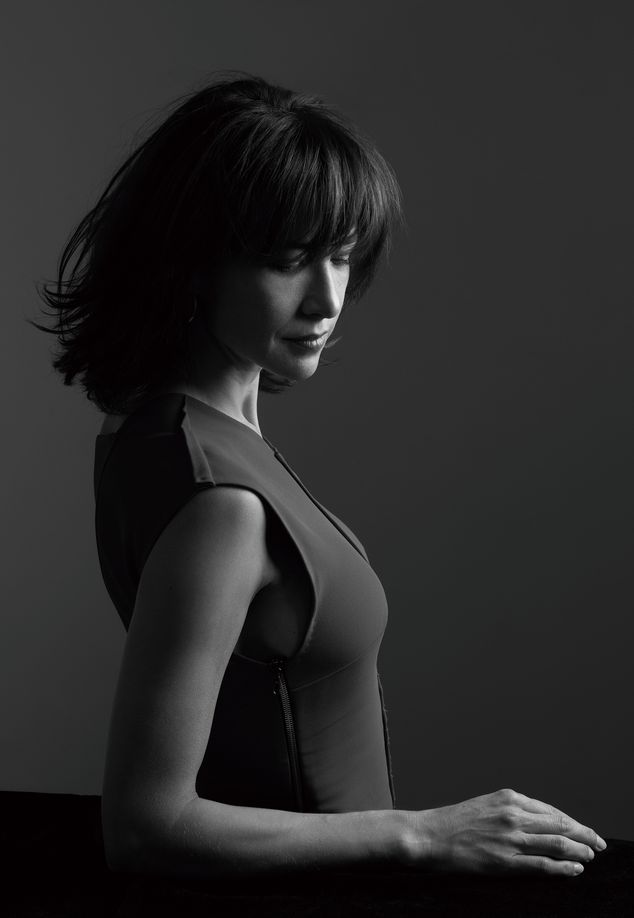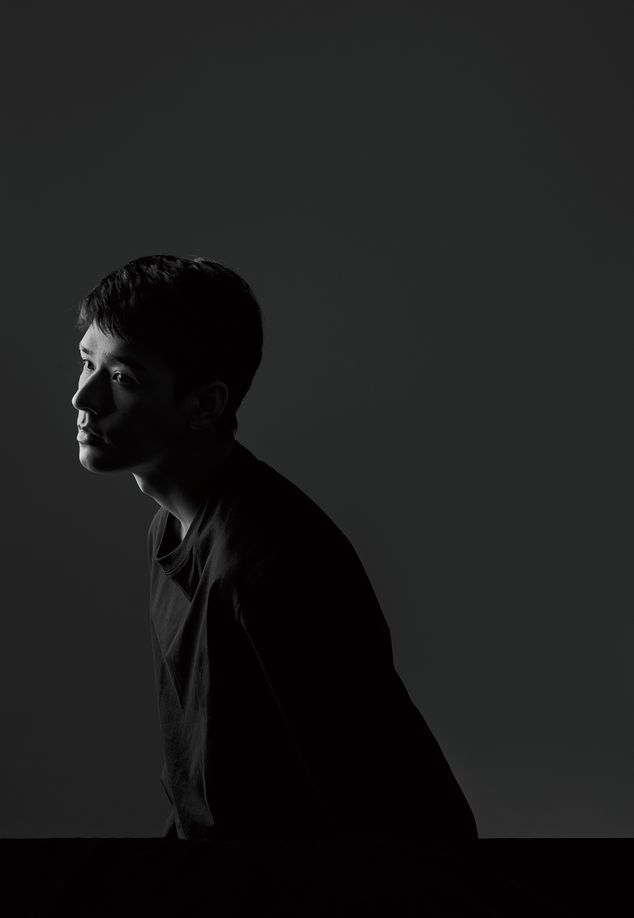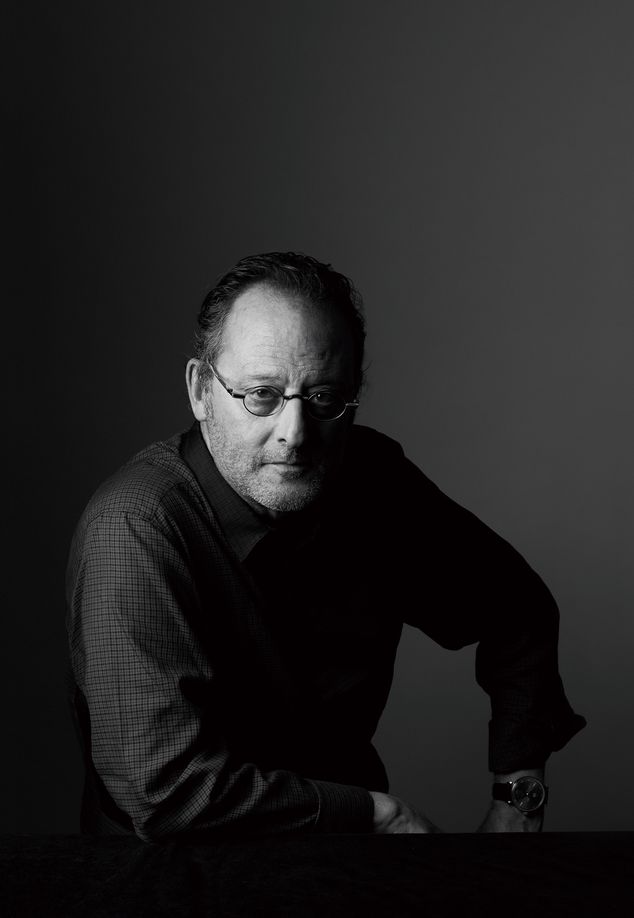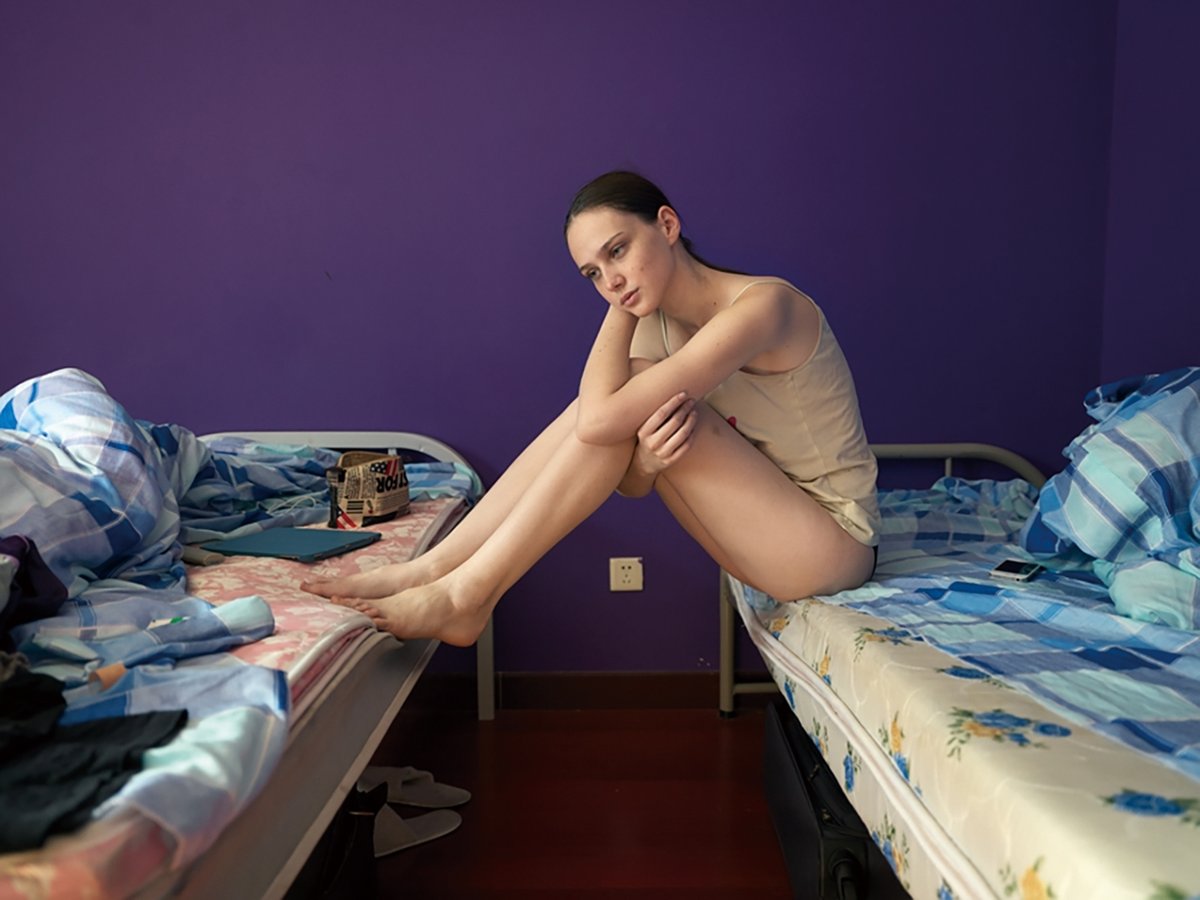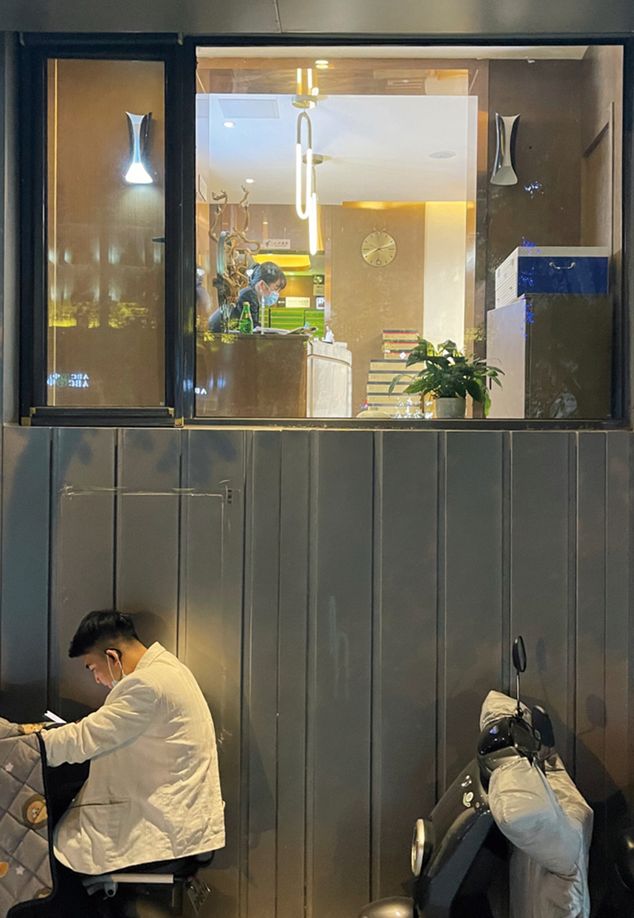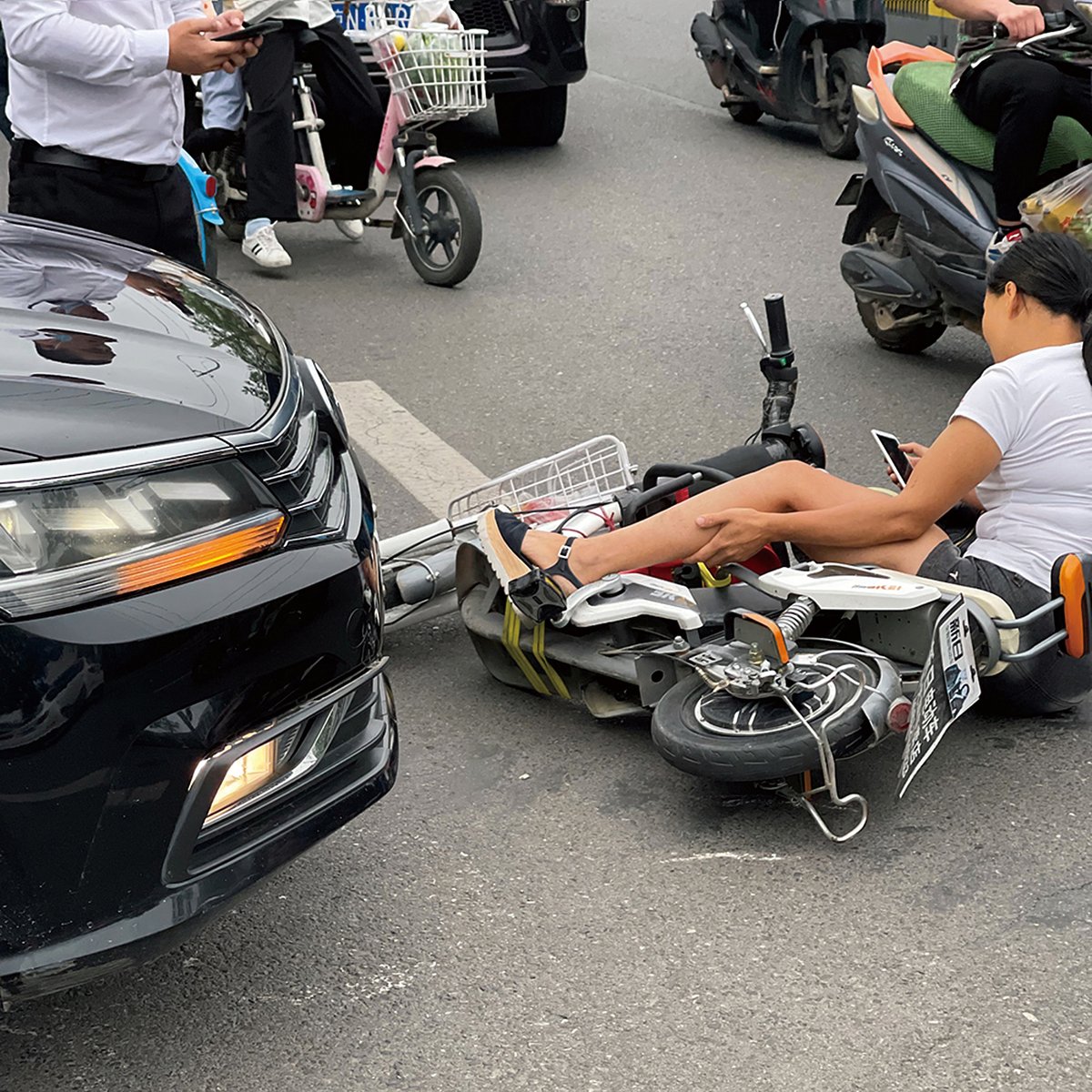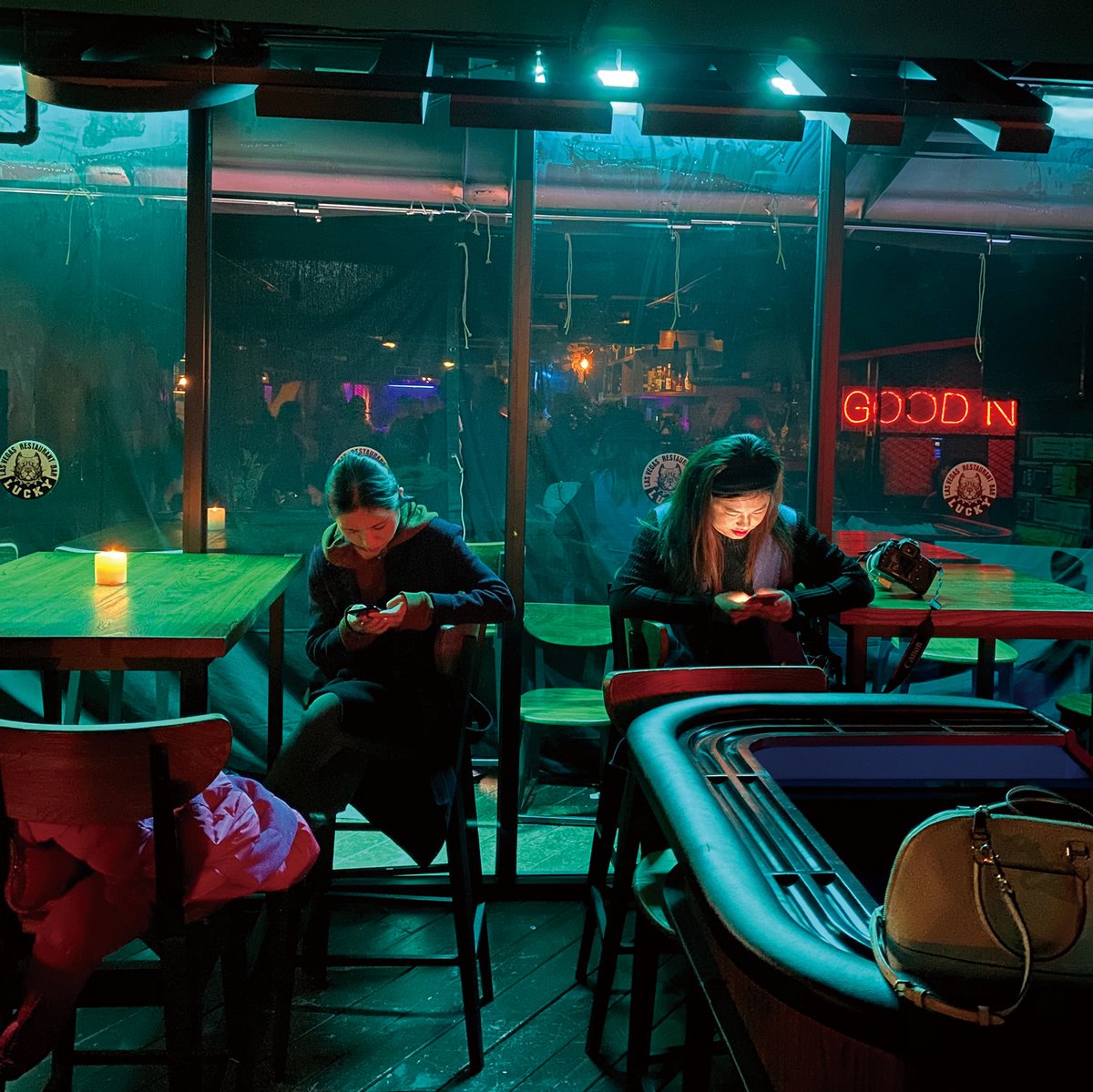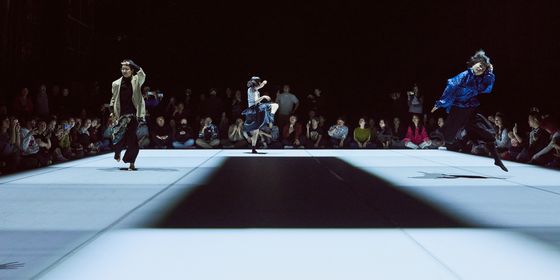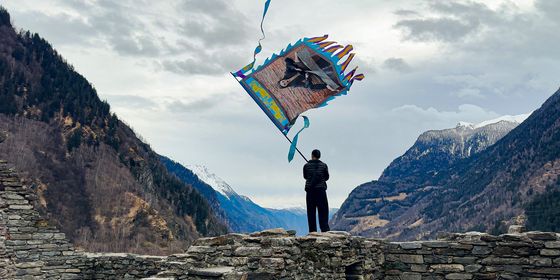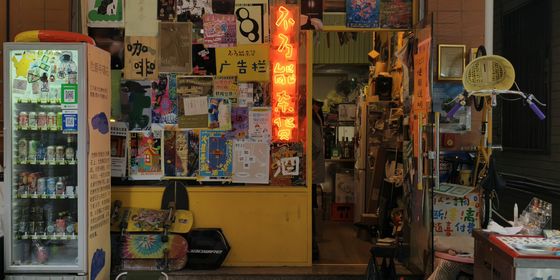Beyond a glitzy career in fashion photography, Li Xiaoliang points his lens at gritty Chinese realities and faded Western illusions
What does it mean to see and be seen? That’s the central question in Li Xiaoliang’s visual works. In today’s “attention economy,” as camera technology rapidly evolves, a person’s image and appearance take on a significance that was non-existent 200 years ago. A photographer with a body of work that is a Venn diagram of art and commerce, Li is keenly aware of the role photography, specifically fashion photography, plays in our lives.
It “has an impact on everyone,” Li tells TWOC. “When everything we see and consume has been edited and retouched, when you see all the beautiful people on social media, you think everybody should look perfect, all the time.” Li tries to capture his subjects authentically with the least amount of artifice, proactively easing the performative response they may have to being seen and photographed.
Li Xiaoliang, also known as Alexvi, is one of the most sought-after fashion photographers in China. He’s the picture of calm when he talks to TWOC, taking time out from installing his latest exhibition, “Three Distances” at Shanghai’s K11 Art Museum, sweeping into view in a black mask and a flowing houndstooth coat. He sat down with TWOC in a corner of the exhibition space, quietly apologizing for his (minimal) tardiness.
He’s shot some of the biggest names in film, TV, and music, including but far from limited to: Jackie Chan, Jay Chou, Ang Lee, Jack Black, Ozzy Osbourne, Jean Reno, and Liu Wen. But despite this, he cuts a surprisingly modest figure, complaining of “social anxiety” during a panel discussion at the exhibition’s opening, which took place a couple of days after our interview. His commercial work with glittering celebrities and picture-perfect models has only served to sharpen his lens toward the mundane details.
The subjects of Li’s photography are usually busy celebrities, so he’s in the habit of rehearsing and planning the shots in detail prior to the day. For the iconic September 2017 cover of GQ, which featured 10 of the year’s most influential people in business and entertainment, he designed a one-of-a-kind “sandwich” shooting method with himself on the ground and a reflector between the camera and the subject. Over a three-month period, he shot while lying flat on his back in order to make the viewer feel like they are being surrounded by a gang of celebrities from above. “You get used to shooting on the floor very quickly,” Li is quoted saying in a blog post by Swedish photo equipment company Profoto. “When working with people who are short on time, they would rather not be the photographer’s experimental subjects, so make sure you’re prepared.”
Starting in 2009, Li approached his subjects at the end of a workday, to see if they would spare a few minutes for a quick portrait shoot: blank backdrop, black table, and a single light. This became his signature collection, Back to Black. Through the lens of this fashion photographer, celebrities and models shed the gloss and color usually surrounding them on the covers of Vogue or Elle—as if each of them has finally exhaled and let their guard down. The result is an almost oppressively simple presentation of some of the biggest household names in fashion and entertainment.
“I had never planned on becoming a commercial photographer,” said Li in a 2017 interview with Sohu, “Everything I do is motivated by personal interest…I shoot fashion, and I shoot documentary-style; I don’t limit myself to certain subjects.”
Beauty standards are something Li has tried to push back against in his own work. He has always tried to persuade his clients to resist the urge to over-edit, losing the details (and not just flaws) in the person that give life to an image. During the exhibit opening forum discussion, curator and photography critic Gu Zheng said Li is the hardest working photographer in the business today, as he makes time for exploratory work on top of his commercial gigs. While an artistic portrait is not held to the same standards as a commercial photo that’s meant to be blown up to the size of a building, Li wants to give as much authentic, granular texture to his work as possible. “A photographer friend of mine said it was really rewarding to see photos that are more natural and authentic, rather than smoothed to an inhuman perfection,” he tells TWOC.
While the star-studded collection Back to Black is extreme in its minimalism, Peking Apartments is boldly documentary. It is a series of photos of foreign models in cramped Beijing apartments that Li shot with his phone between 2015 and 2019. Li had accidentally seen a photo of one such apartment when a model’s agent was swiping through her client’s portfolio images. The cramped surrounding and shabby furnishings, a sharp contrast to the glamorous world of fashion, piqued Li’s interest, yet the finished products in his series are still worthy of Vogue. “There’s a professional discipline that’s hard to shake,” Li speaks of shooting professional models. “They have a trained awareness of light, angle, posing, et cetera. It’s very hard to get them to relax.”
Li calls Peking Apartments an examination of our standards of beauty. Exhibits of the project usually include collections of fashion magazines from the 1980s and 90s, almost exclusively featuring Caucasian models, documenting fashion magazines’ early entry into China from the so-called “West”—which exists in most minds as a concept that only applies to North America and Western Europe. “Western ideals of beauty entered China in the 80s and made us feel like we should look like the people on TV or from Hollywood, so people look to filters or plastic surgery to achieve that look,” Li says.
Yet the reality is far grittier: In one particularly relaxed image, a model lounges in bed, the long limbs and strong bone structure characteristic of “high fashion” forcing an air of cool onto the untidy backdrop. A selfie stick hangs from the ceiling with a charger attached. “She and another model were the only two who didn’t leave China in the early days of the pandemic,” Li explains. “They had no TV, no source of entertainment…that phone was their only connection to the outside world for several weeks.”
“There might be less work in the future for these foreign models in China, but China is such a massive market,” Li says of the pace of change in the fashion industry in the past 15 years. In his opinion, the world may be coming to China, with many more international brands looking to enter the market and appeal to Chinese consumers, but lack of cultural awareness means their messaging often falls short, or even offends.
Li finds that people are least obsessed with their personal image when they are looking at other images. “It’s amazing how unaware people are of their surroundings when they’re on their phones,” Li says. Lonely Planet, his smart phone photography series of subjects looking down at their mobile phones in various settings, isolated even when in the presence of others, was born out of the numerous people who Li stumbled upon in daily life. “I would start shooting from a distance, change angles, move up close, and never be noticed.”
It’s a standard Li thinks contemporary Chinese are keen to break away from, embracing a self-image that’s more personalized. “I think more people will want photos of themselves that are unique, not formulaic. Something that cannot be replicated,” Li says when asked about what’s to come for the industry.
As China’s consumers develop, photographers and artists such as Li can pave the way in exploring an aesthetic that truly speaks to and represents the Chinese identity. “Just as no single musician can now dominate the Mandarin music scene, because people have more diverse taste in music, the definition for what’s fashionable or beautiful will diversify.”
Photography by Li Xiaoliang (黎晓亮)
Li Xiaoliang 黎晓亮
Li Xiaoliang, also known as Alexvi, is a visual artist, fashion photographer, and the founder of ASTUDIO in Beijing, China. Born in 1984, he started taking photos while attending Beijing Jiaotong University, and has shot covers for GQ, Esquire, Bazaar Art, ELLE Men, and Rolling Stone. He won the Photobook Awards Martin Parr Edition in 2015 with Lonely Planet, and the Fine Art Photography Awards in London for Peking Apartments. His work is on exhibit at K11 Art Museum in Shanghai through February 15.
Beyond High Fashion: Li Xiaoliang’s New Way of Seeing is a story from our issue, “Sports for All.” To read the entire issue, become a subscriber and receive the full magazine.








